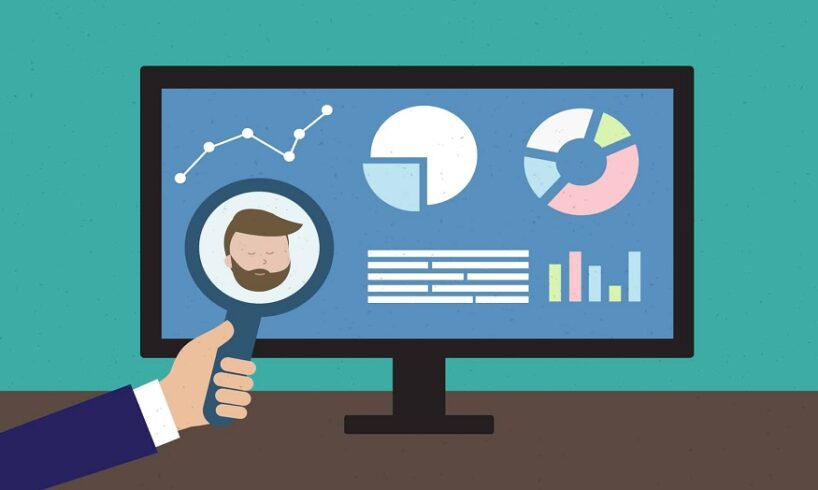
With constant demands on our time and attention, many of us believe that juggling multiple tasks simultaneously is the key to productivity. However, research has shown that multitasking can actually hinder performance and decrease overall efficiency. In this article, we’ll explore the pitfalls of multitasking and provide practical strategies to help you avoid it and become more productive.
Understand the Myth of Multitasking
Multitasking is often perceived as a skill synonymous with efficiency and productivity. However, the reality is quite different. When we multitask, our brains are not actually performing multiple tasks simultaneously. Instead, they are rapidly switching attention between tasks, leading to cognitive overload and reduced focus. This constant shifting can result in errors, decreased productivity, and increased stress levels.
How to avoid multi tasking and become more productive?
Embrace Monotasking:
Monotasking, or focusing on one task at a time, is the antidote to multitasking. By dedicating your full attention to a single task, you can achieve greater accuracy, efficiency, and satisfaction in your work. Embracing monotasking requires a shift in mindset and a commitment to prioritizing quality over quantity.
Prioritize Your Tasks:
Start by identifying your most important tasks and allocating dedicated time blocks to focus on them. Prioritization is key to effective monotasking. By tackling high-priority tasks one at a time, you can make significant progress and avoid the overwhelm that often accompanies multitasking.
Eliminate Distractions:
Distractions are the enemy of monotasking. Identify common distractions in your environment, such as social media notifications, email alerts, or noisy surroundings, and take proactive steps to minimize them. Consider using productivity tools like website blockers or noise-cancelling headphones to create a distraction-free workspace.
Practice Mindfulness:
Mindfulness techniques can help sharpen your focus and prevent your mind from wandering. Incorporate mindfulness practices into your daily routine, such as deep breathing exercises, meditation, or mindful walking. By cultivating present-moment awareness, you can enhance your ability to stay focused and engaged in your tasks.
Break Tasks into Manageable Chunks:
Large or complex tasks can feel overwhelming, leading to procrastination and the temptation to multitask. Break down big projects into smaller, more manageable tasks, and focus on completing them one step at a time. Celebrate each small victory along the way, and use momentum to propel yourself forward. Try to follow effective industry guides.
Set Realistic Expectations:
Avoid the trap of overcommitting yourself and spreading yourself too thin. Be realistic about what you can accomplish in a given timeframe, and set achievable goals accordingly. Remember that quality is more important than quantity, and give yourself permission to focus on one task at a time without feeling guilty about what you’re not doing.
Practice Self-Compassion:
It’s important to be kind to yourself as you transition away from multitasking habits. Accept that monotasking is a skill that takes time and practice to master. Be patient with yourself, celebrate your progress, and don’t be discouraged by setbacks along the way.
Final Words
Multitasking may seem like a shortcut to productivity, but in reality, it can impede progress and lead to burnout. By embracing monotasking, prioritizing tasks, eliminating distractions, and employee monitoring software for employees, you can avoid multitasking and unlock your full potential for productivity and success. Remember that monotasking is not about doing more—it’s about doing better.
